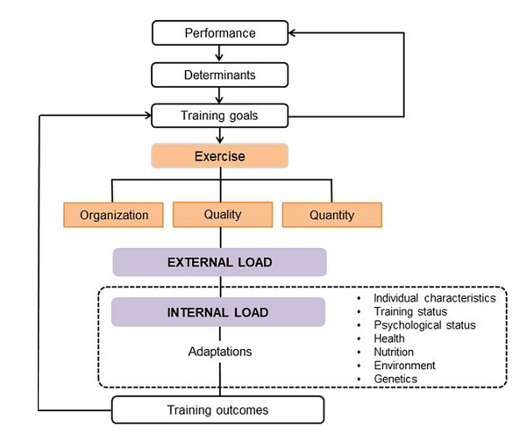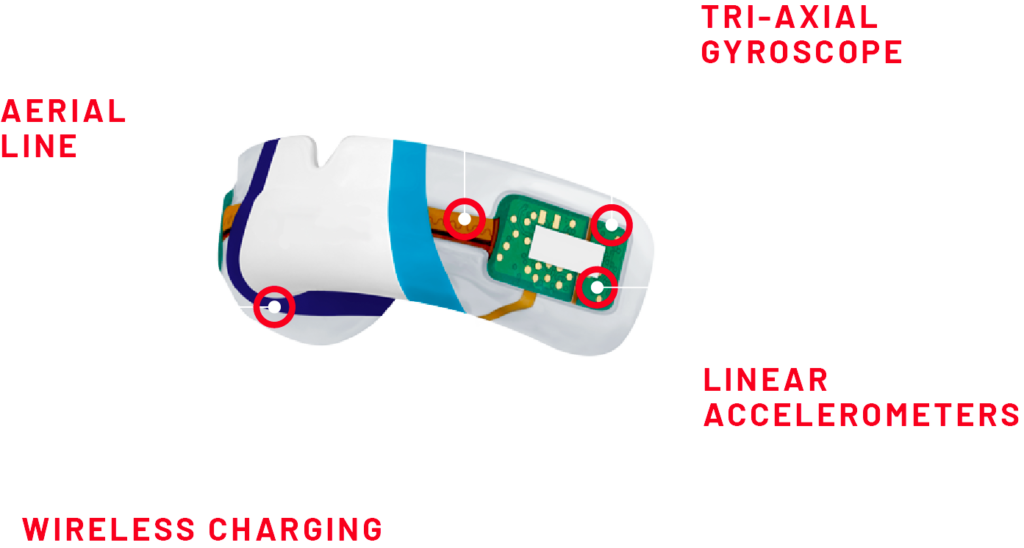In my proceding blogs, I touched on why there is need to quantify contact in team sports and how at PROTECHT we are able to provide practitioners greater support in this area. The reason there tends to be so much clarity between practitioners when it comes to running load monitoring is because the terminology has been well-developed and refined over time. This now allows coaches and performance staff alike to understand the individual metrics, athlete load, drill load and session load.
For contact, there is no conceptual clarity as to what it actually is. How do we measure it? How can we report it? How do we make coaches understand these new metrics? Contact in itself can be described as the change in momentum of a system (athlete/part of) as a result of an interaction with another system (opponent/part of) or inanimate object (ground). With contact load being so different from locomotion, it is key we only measure the load which occurs from the sporting actions. Rather than the ‘low impact’ forces accrued through walking, running or jogging.

Contact load is an external variable, which is placed upon the athlete and we can define this as ‘the quantification of the amount of contact undertaken by the athlete within training, competition or phase within the year’. This variable is prescribed and manipulated by performance or technical coaches, depending on the time in season, which will dictate a physiological response increasing the capacity of the athlete or to develop a technical and tactical skillset. In specific sports which have a high contact demand, manipulation of this load needs to now be analysed and integrated to either recover, increase work capacity or to technically and tactically develop athletes in this area of their sport. Monitoring competition and contact and training is now key in finishing the puzzle of periodisation and athlete load for contact-based sports which is where PROTECHT can lead the way.
How we can now categorise contact situations or events in competition as load variables will come in the next instalment of this post. But since we can measure contact type, intensity, volume, density and complexity with aid from our own PROTECHT contact intensity scale we can provide greater clarity to the elite and grassroots ends for contact-based demands in contact sports.


